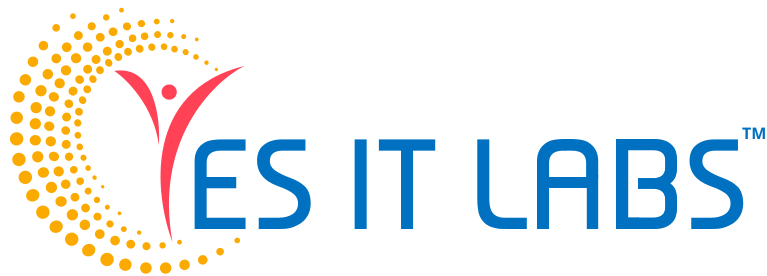Rather than simply appreciating the importance of knowledge-flow, what really matters is how an organization can effectively manage and share the corporate knowledge. A knowledge management system digs through the repositories of hidden knowledge, stores and retrieves knowledge, senses knowledge sources, captures, disseminates and effectively uses an enterprise’s shared information assets.
With the tacit use of data mining techniques that include analysis of the relationship between user’s activities and content, a KMS pushes information to the user in the form of a knowledge roadmap dashboard to address specific business goals. It essentially sets into order the unstructured enterprise data and converts information into knowledge that could be used to draw business value through actionable insight.
For customer-focused industries like E-commerce, a KMS helps in instant troubleshooting. With each question asked by the help desk and answered by the consumer, the KMS comes closer to the identification of a problem and comes up with suggestions to fix it.
Knowledge management software is an application that is used to store, retrieve, and share
the information.
We can also say that Knowledge management software is a sub-category of the enterprise
content management system. It is for sharing the information and in turn, helps employees,
managers, agents, and customers by making the knowledge available.
We customize your KMS to make it look and feel like your own. With features to add your
company credentials on the frontend, organize all business-related information and
knowledge as per the convenience of users and frequency of usage.
1. FAQs
2. Blogs
3. Easy Search
4. CRM integrations
5. Third party API integrations
6. Guided workflows
7. Self Service portal
8. Live chat integration
9. Help desk
10. Customizable branding
FUNCTIONAL AREA OF KNOWLEDGE MANAGEMENT SYSTEM

























